Are you struggling with soldering? It could be due to substandard tools. Cheap soldering irons can hinder success as soldering requires precise temperature control, wattage, closed-loop temperature control, and tip quality. Many beginners start with affordable tools and upgrade them as their skills improve, but for soldering, investing in a high-quality device is essential for success. A low-quality soldering iron can ruin a project, leading to a costly electronics disaster.
Soldering is a seemingly simple skill that can be complicated by the prevalence of economic irons that scare away novice users. Upgrading to a high-quality soldering iron can make all the difference in achieving successful projects. Our article explains why economic soldering irons are not worth the risk and how a top-quality iron can improve your results. Don't let substandard tools hinder your projects – read on to discover the benefits of a high-quality soldering iron.
1. Stay Away from Soldering Irons with Fixed Temperature Settings
Comprehending the basics of soldering is crucial to differentiate between a good and bad soldering iron. It requires a thorough understanding of soldering mechanics, including the role of metal-solvent activity and flux, as explained in our guide to soldering fundamentals.
An ideal soldering iron should provide sufficient heat for the soldering process, but more importantly, it must do so in a controlled manner. Soldering involves different component sizes and solder types, each requiring specific temperatures. A high-quality soldering iron should allow for precise control over the tip temperature.
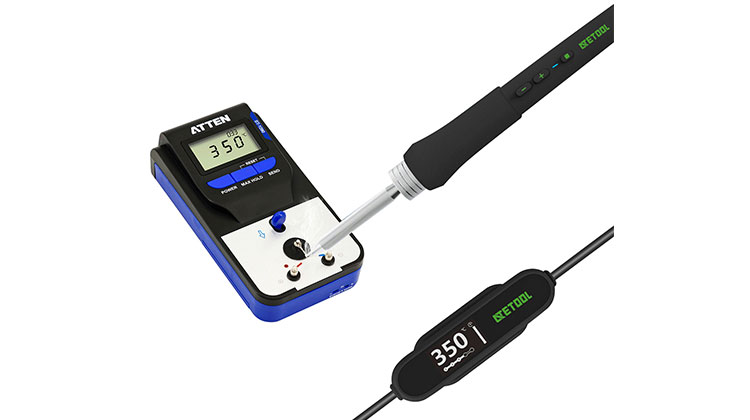
If the tip temperature is not controlled correctly, it can result in cold solder joints or burnt components. Unfortunately, entry-level soldering irons that lack temperature control cannot provide consistent results. These irons heat the tip to an approximate predetermined temperature and are unable to adjust the heating power when soldering delicate parts or larger projects.
Even experienced users struggle to deliver consistent results with such irons, while beginners are likely to ruin their soldering projects using these devices. In this article, we explain why temperature control is essential for successful soldering projects and why cheap soldering irons are not worth the risk.
2. Mastering The Importance of Soldering Wattage and Temperature Control
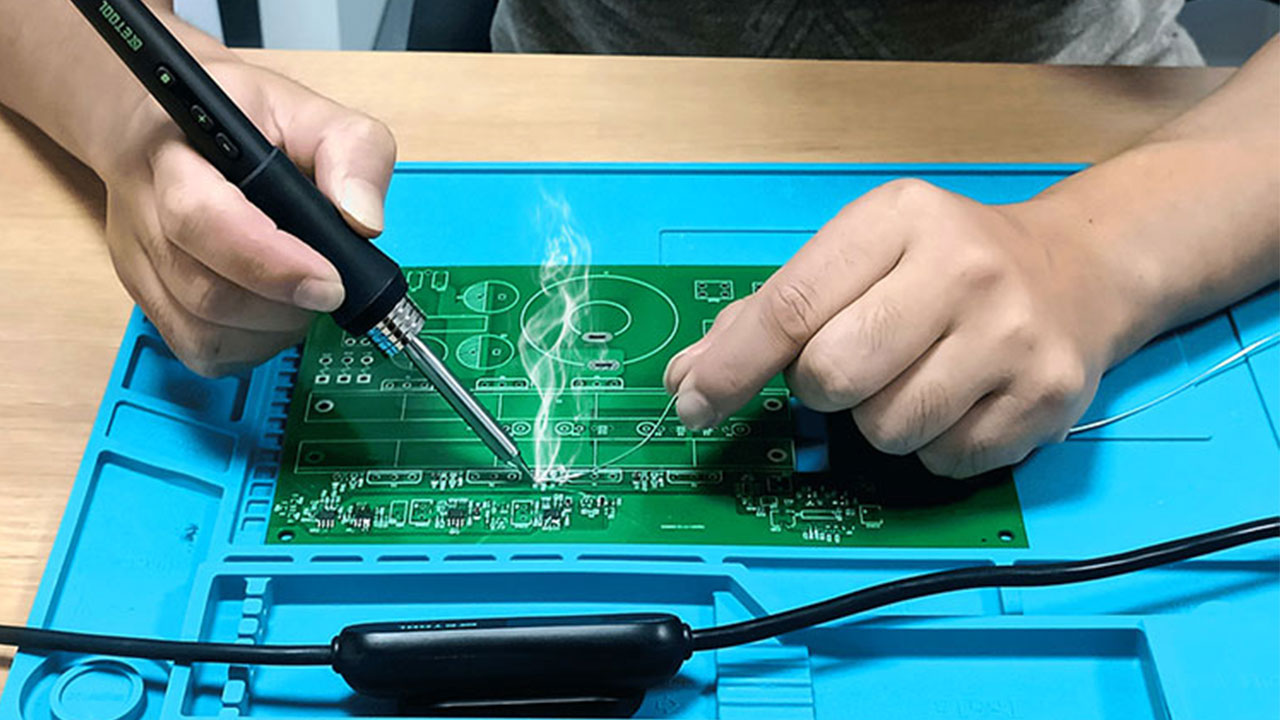
The wattage of a soldering iron indicates how quickly the tip can reach the desired temperature. For instance, a 25-watt iron will take over a minute to heat up the tip to 660°F from room temperature, whereas a JBC soldering station rated at 130 watts can accomplish the same task in just a few seconds.
However, soldering is more complicated than simply heating up the tip. Once the hot tip makes contact with the workpiece, it transfers heat into the relatively cooler PCB pad and component leads, causing them to cool down. This is when the soldering iron must maintain the tip temperature. When working with delicate soldering projects that involve small components, there is less thermal mass, so even a 25-watt iron can suffice.
On the other hand, larger components such as bulk capacitors and ground planes act as heatsinks and require a higher wattage soldering iron to restore the heat lost during soldering quickly. Low wattage soldering irons cannot replenish the lost heat fast enough, resulting in cold joints and even complete failure to solder components with high thermal mass.
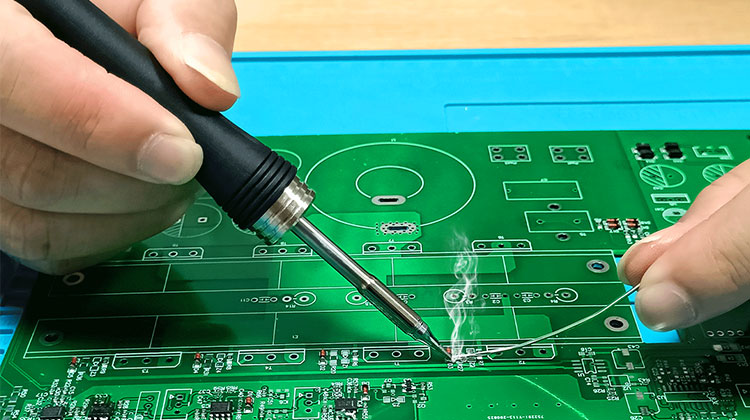
When soldering large components such as XT-90 connectors and substantial ground planes, it's necessary to choose a high-power soldering iron. Smaller soldering jobs can be handled with low-power irons, but even delicate components can benefit from high-wattage irons. For example, when soldering mechanical keyboard buttons, a low-wattage iron cannot maintain tip temperature under the rapid succession of joints, leading to thermal drift and cold joints. A high-quality soldering iron with at least 60 watts of heating power is versatile and sufficient for most tasks.
Contrary to popular belief, high-wattage soldering irons do not damage delicate components. A temperature-controlled soldering iron is designed to switch off the heater when the tip reaches a predetermined temperature. The powerful heater ensures quick thermal recovery during demanding soldering work.
When choosing a soldering iron, it's essential to consider the thermal mass of the components being soldered. Larger components require higher wattage soldering irons to maintain tip temperature, while smaller components can be soldered with lower wattage irons. In any case, investing in a high-quality soldering iron with temperature control and sufficient wattage can make all the difference in achieving successful soldering projects.
3. The Significance of Closed-Loop Temperature Control in Soldering
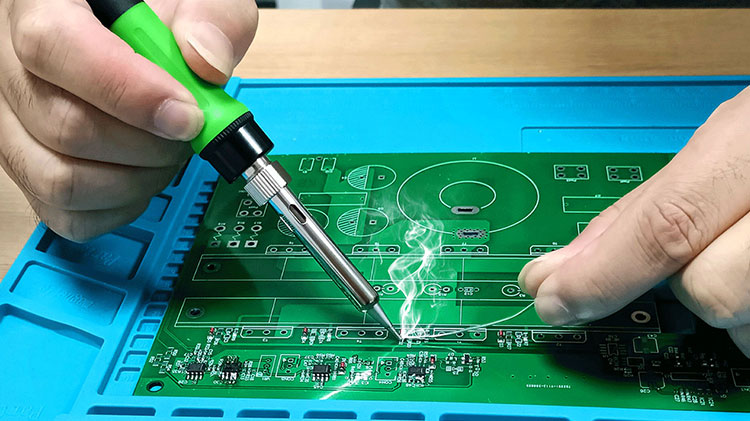
While having high wattage is useful, responsiveness is also crucial in soldering. A soldering station with 130 watts of heating power is of little use if the tip is allowed to become too cold before the heater kicks in. Cheap analog soldering irons have slow thermal response times and cannot compensate fast enough for the rapid tip temperature loss experienced when soldering larger components, resulting in thermal drift and cold joints.
To solve this problem, high-quality soldering irons incorporate a highly active electronic closed-loop temperature control system. This system typically includes a heating element, a temperature sensor, and a microprocessor control system. The microprocessor-based temperature control allows modern soldering stations and low-cost irons such as the TS-100 and Pencil to react quickly to maintain accurate tip temperature while soldering high thermal mass components.
This capability to prevent both temperature undershoot and overshoot is essential when soldering heat-sensitive integrated circuits. Soldering with unstable tip temperature can cause damage to the components and lead to costly project failures. With a high-quality soldering iron, you can achieve precise temperature control, ensuring that your soldering projects are successful every time.
Investing in a high-quality soldering iron with electronic closed-loop temperature control is essential for achieving accurate and consistent results. With this technology, you can quickly respond to tip temperature changes and maintain precise control over the soldering process, making it easier to work with both delicate and large components. Don't let a cheap soldering iron ruin yourprojects – upgrade to a reliable and responsive soldering station for successful soldering every time.
4. Traditional vs. Modern Soldering Irons: A Comparison
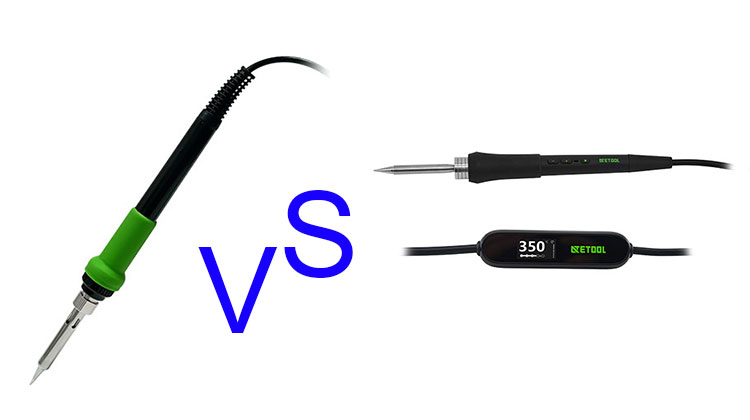
Not all electronic soldering irons are created equal. For example, the cheaper Hakko FX-888D soldering station may have the same digital microprocessor control logic as the more expensive FX-951, but the latter is light years ahead in terms of soldering performance. The Hakko FX-951 employs a more modern direct heat soldering technology, which not only allows it to respond faster to thermal changes but also maintains the tip temperature with higher precision. The key to this improvement lies in the tip design.
Traditional soldering stations, such as the Hakko FX-888D, separate the tip from the closed-loop temperature control system. In other words, the tip slides on and off the heating element, and a thermocouple is used to detect the tip temperature. While this makes changing tips more affordable, it also has a significant drawback. The tip is physically further away from the heating element and thermocouple, and there is an air gap between them. As air is a poor conductor of heat, the thermocouple cannot detect changes to the tip temperature with speed or accuracy. The tip cannot be heated with maximum efficiency, and this design flaw limits the true potential of microprocessor-based temperature control systems.
In contrast, direct heat soldering technology, like that used in the Hakko FX-951, eliminates the air gap between the tip and heating element, allowing for faster and more accurate temperature control. This results in improved soldering performance, making it easier to work withboth delicate and large components. The tip design plays a crucial role in achieving the desired soldering results.
By eliminating the air gap between the tip and heating element, direct heat soldering technology reduces the time and energy required to heat the tip, resulting in faster and more precise temperature control. This technology enables the tip to maintain temperature with higher accuracy and respond quickly to thermal changes, making soldering more efficient and effective.
The direct heat soldering technology used in the Hakko FX-951 is just one example of how technological advancements can improve soldering performance. When choosing a soldering iron, it's essential to consider the tip design and the type of temperature control system used. Investing in a high-quality soldering iron with direct heat technology and a microprocessor-based temperature control system can make all the difference in achieving successful soldering projects.
In conclusion, the tip design and temperature control system are critical factors to consider when choosing a soldering iron. Traditional soldering stations with separate tips and thermocouples may be cheaper, but they suffer from limitations that affect their performance. Direct heat soldering technology eliminates these limitations, resulting in improved temperature control and faster response times. Investing in a high-quality soldering iron with direct heat technology and a microprocessor-based temperature control system can help you achieve precise and consistent results in all your soldering projects.
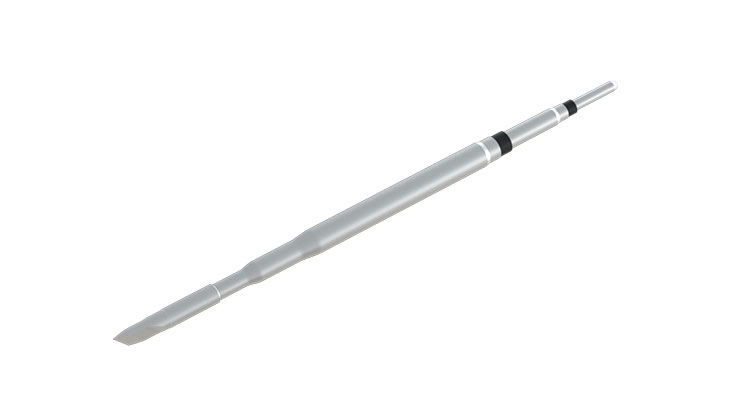
Modern direct heat soldering stations, such as the Hakko FX-951, Pace ADS200, and JBC's product range, utilize composite tip designs that integrate the heating element and thermocouple in a single package. This eliminates the air gap and allows the heating element and thermocouple to be placed directly at the tip. This design allows such soldering stations to reach the operating temperature in just a few seconds, respond quickly, and eliminate thermal drift. However, the added complexity and elements make these tips more expensive to replace.
The Pinecil soldering iron is a good example of this tradeoff. This affordable direct heat soldering iron utilizes a standard tip design and demonstrates better thermal response than the more expensive Hakko FX-888D. However, the Pinecil ships without the tip, which costs an additional $15, making it a more expensive option in the long run.
While composite tip designs are more expensive, they offer significant advantages over traditional soldering stations. By eliminating the air gap and placing the heating element and thermocouple directly at the tip, these soldering stations can achieve faster and more precise temperature control, making it easier to work with both delicate and large components. When choosing a soldering iron, it's important to consider the tip design and the cost of replacement tips. Investing in a high-quality direct heat soldering station with a composite tip design can make all the difference in achieving successful soldering projects.
5. The Game-Changing Importance of Soldering Iron Tips
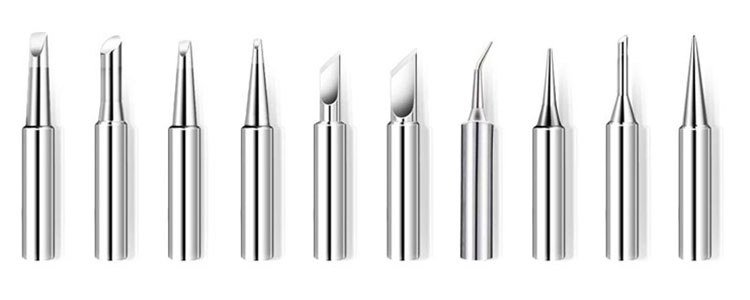
The tip geometry of a soldering iron is crucial in achieving regulated and uniform heating of the element leads and pads on the PCB. Cheaper soldering irons typically come equipped with a conical tip because it is a general-purpose tip that can handle SMD soldering. The finer pointed shape of such tips makes it easier to maneuver around small SMD parts, which would be impossible with larger tip shapes.
However, conical tips have limitations when it comes to through-hole soldering. The smaller contact patch of conical tips cannot achieve the thermal linkage required to connect the larger pads and leads associated with through-hole soldering. This is problematic for beginners who typically work with DIY-friendly perforated boards that require through-hole soldering, which is best accomplished with a sculpted tip.
In summary, while conical tips are suitable for SMD soldering, they have limitations when it comes to through-hole soldering. For optimal results, beginners should invest in a soldering iron with a sculpted tip that can achieve the thermal linkage required to connect larger pads and leads associated with through-hole soldering. With the right tip geometry, achieving regulated and uniform heating of element leads and pads on the PCB becomes much easier, making it possible to create successful soldering projects.
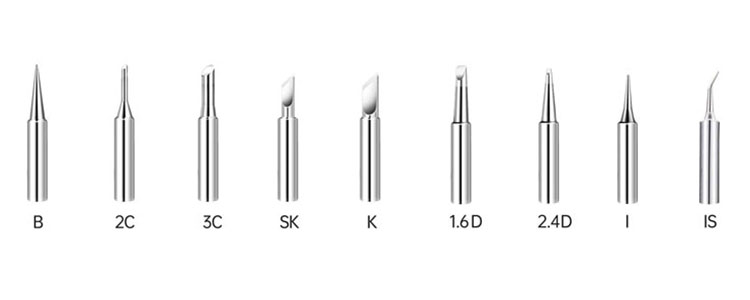
Cheap soldering iron tips come with a limited range of geometries, and the anti-corrosive plating on these tips is often too weak to perform its intended function. As a result, the tips oxidize quickly, leading to poor thermal conductivity, which can cause cold joints and burnt components.
Despite these limitations, there are some cheaper soldering irons that meet the standards of high-quality welding irons for a reasonable price. The AE680D soldering kit and AE730D USB soldering iron, for example, offer the same modern microcontroller-based direct heat tip design as their more expensive counterparts.
While these cheaper irons may not be as durable or reliable as the pricier options from brands like Hakko, Pace, and JBC, they still offer hobbyists a great value proposition. With the right technique, a low-cost soldering iron can produce quality solder joints and achieve successful soldering projects.
Contact: Mr. Li
Phone: (0086) 138 24254 321
E-mail: atetool@atetool.com.cn
Add: 5F, 1-2# Building, Tongfuyu Industrial Zone, Aiqun Rd, Shiyan Subdistrict, Bao'an, Shenzhen, 518108, China